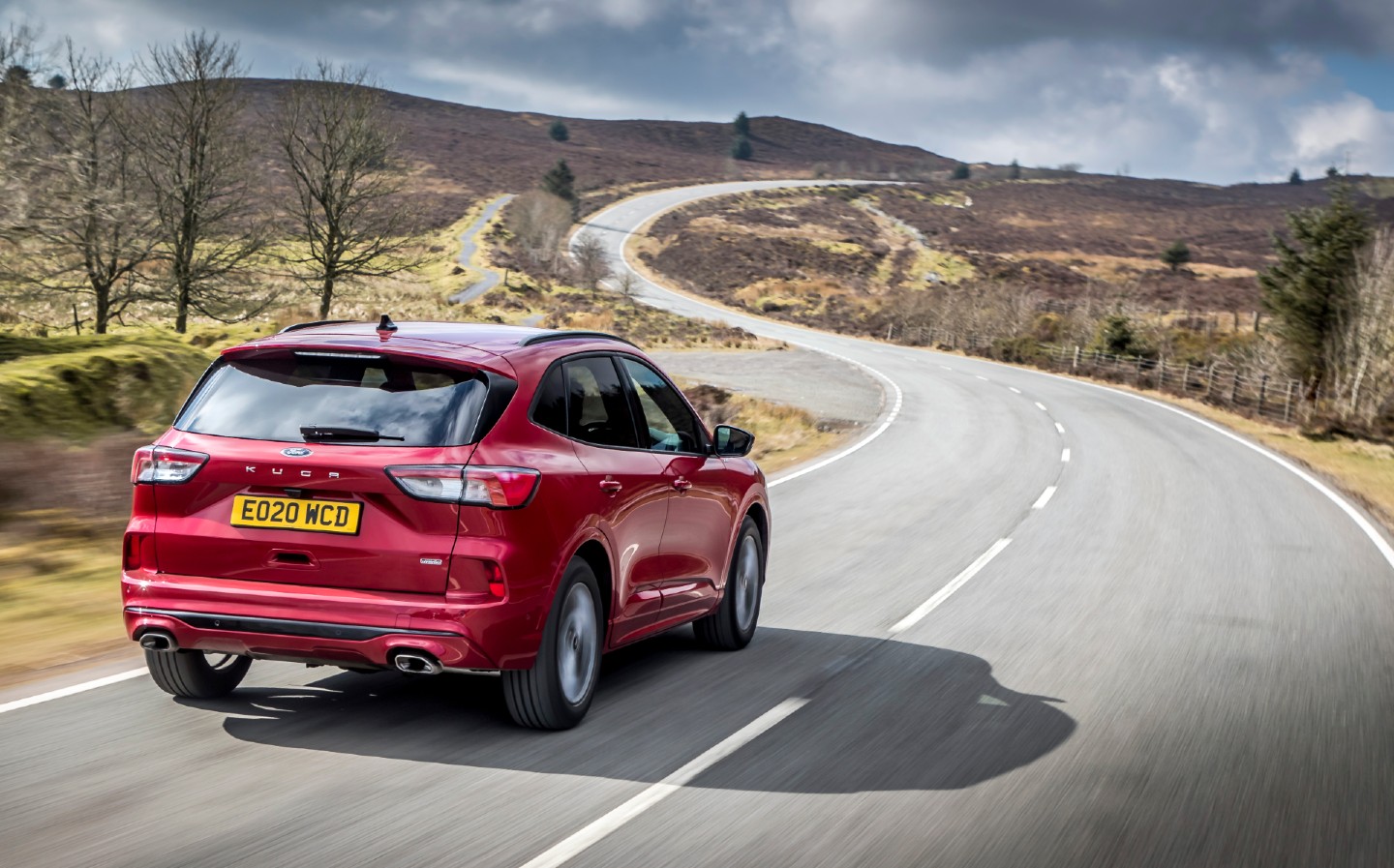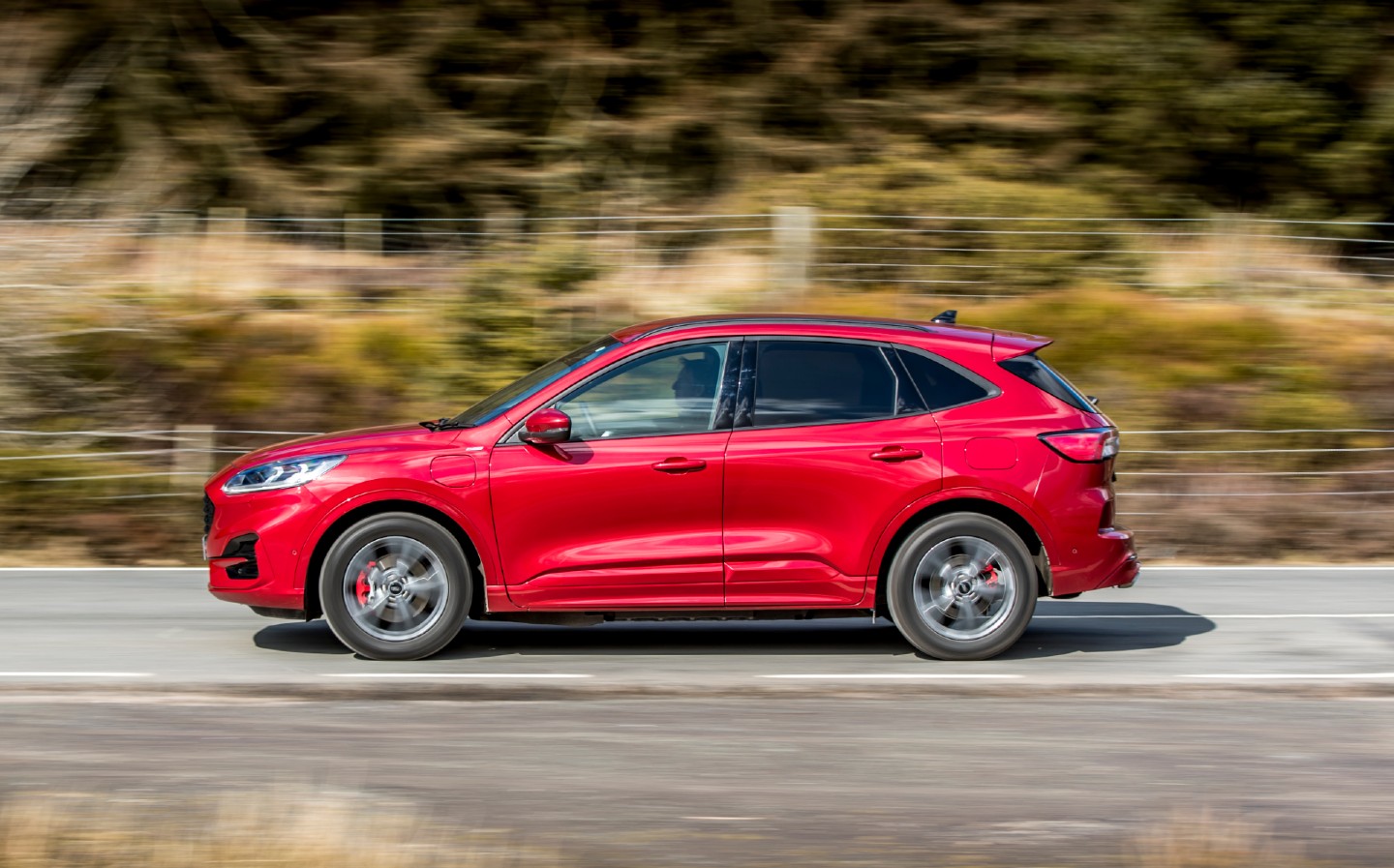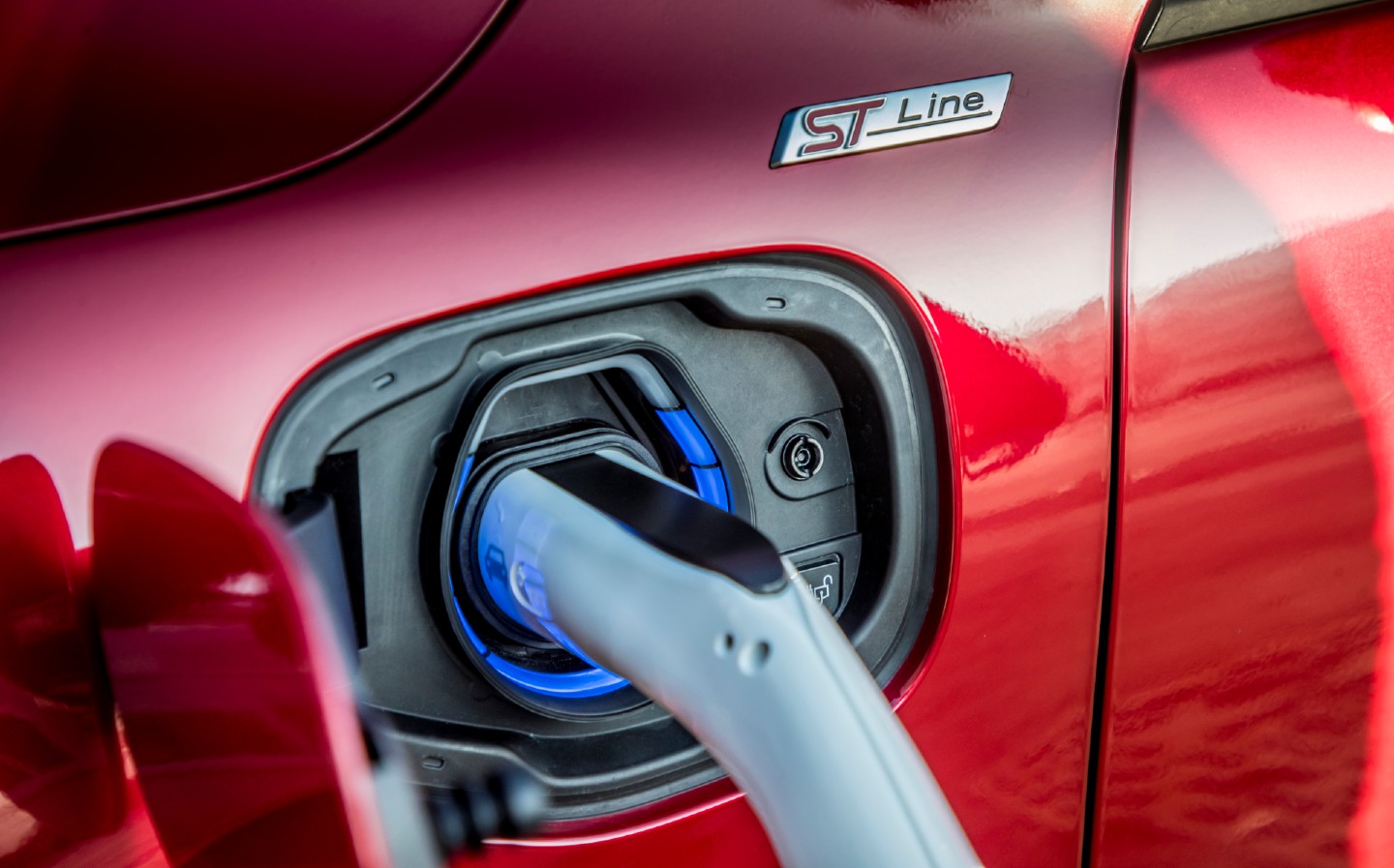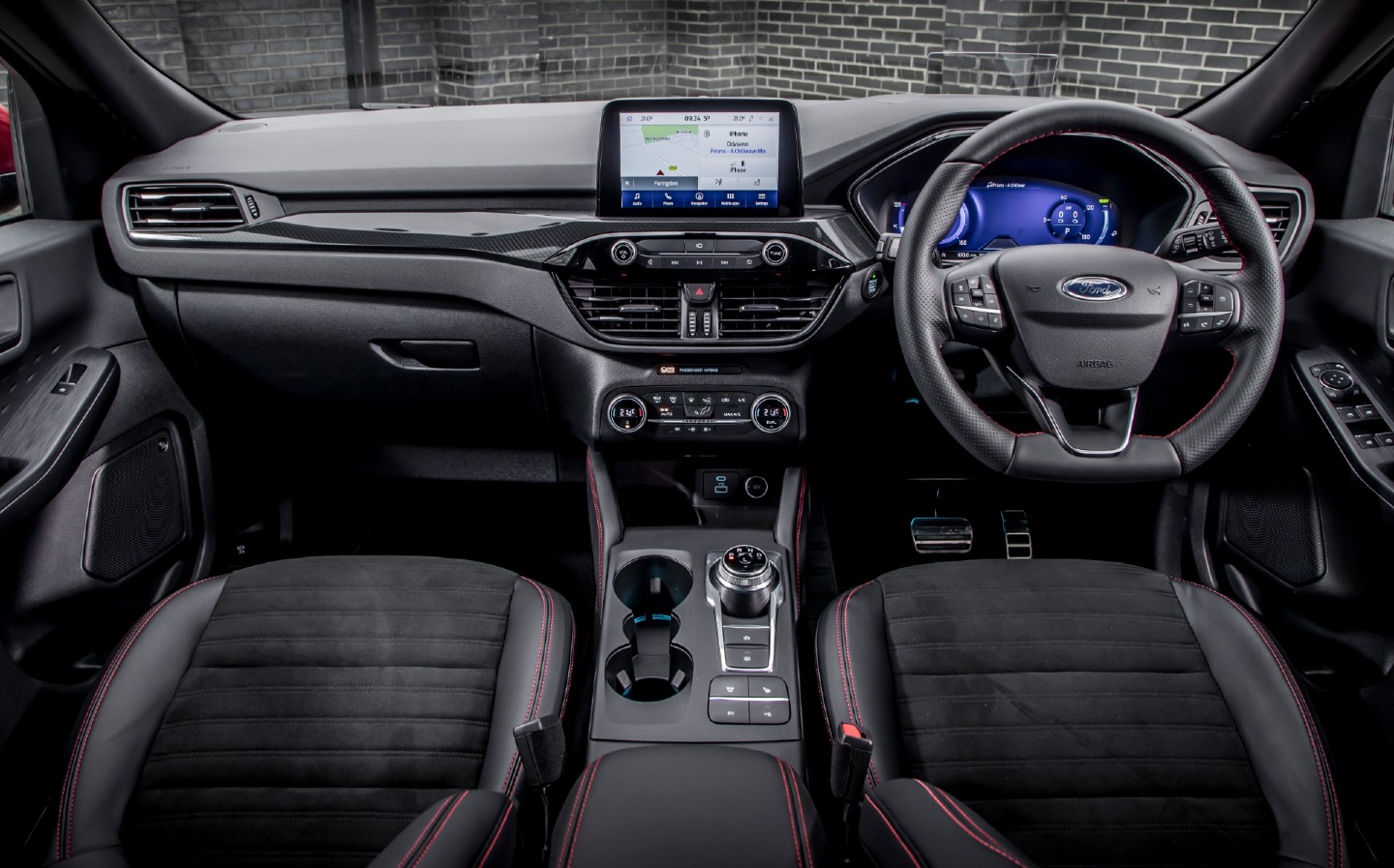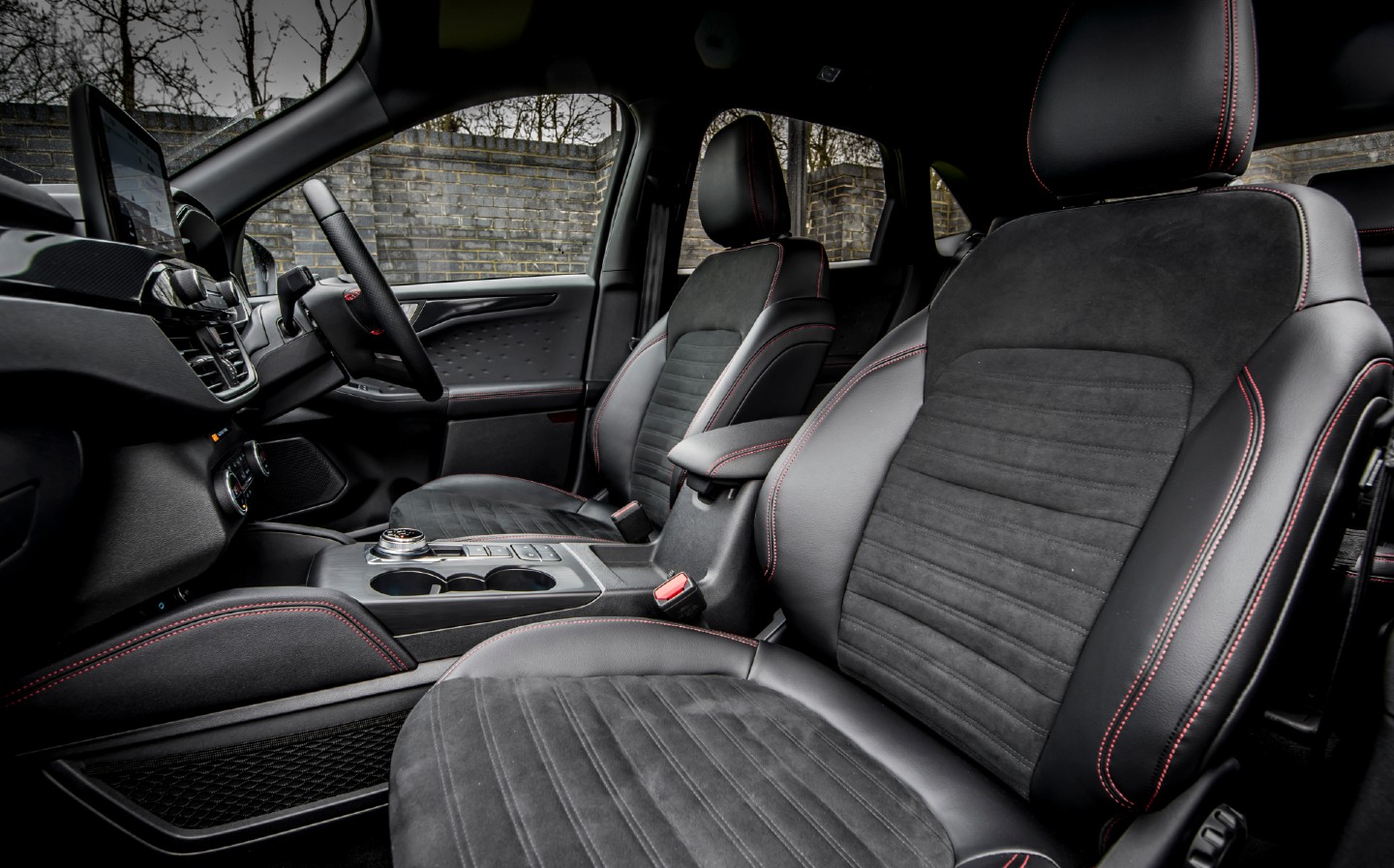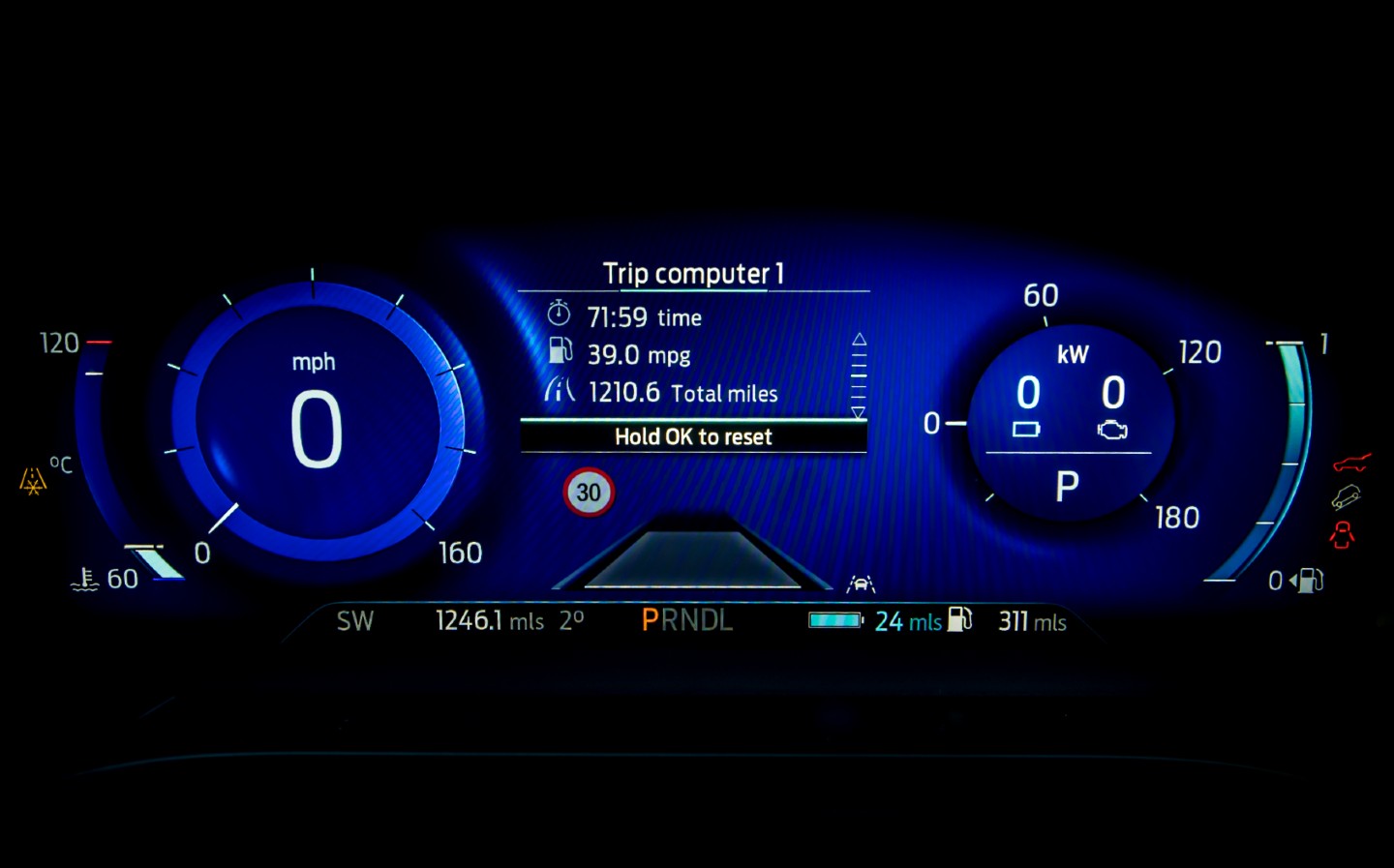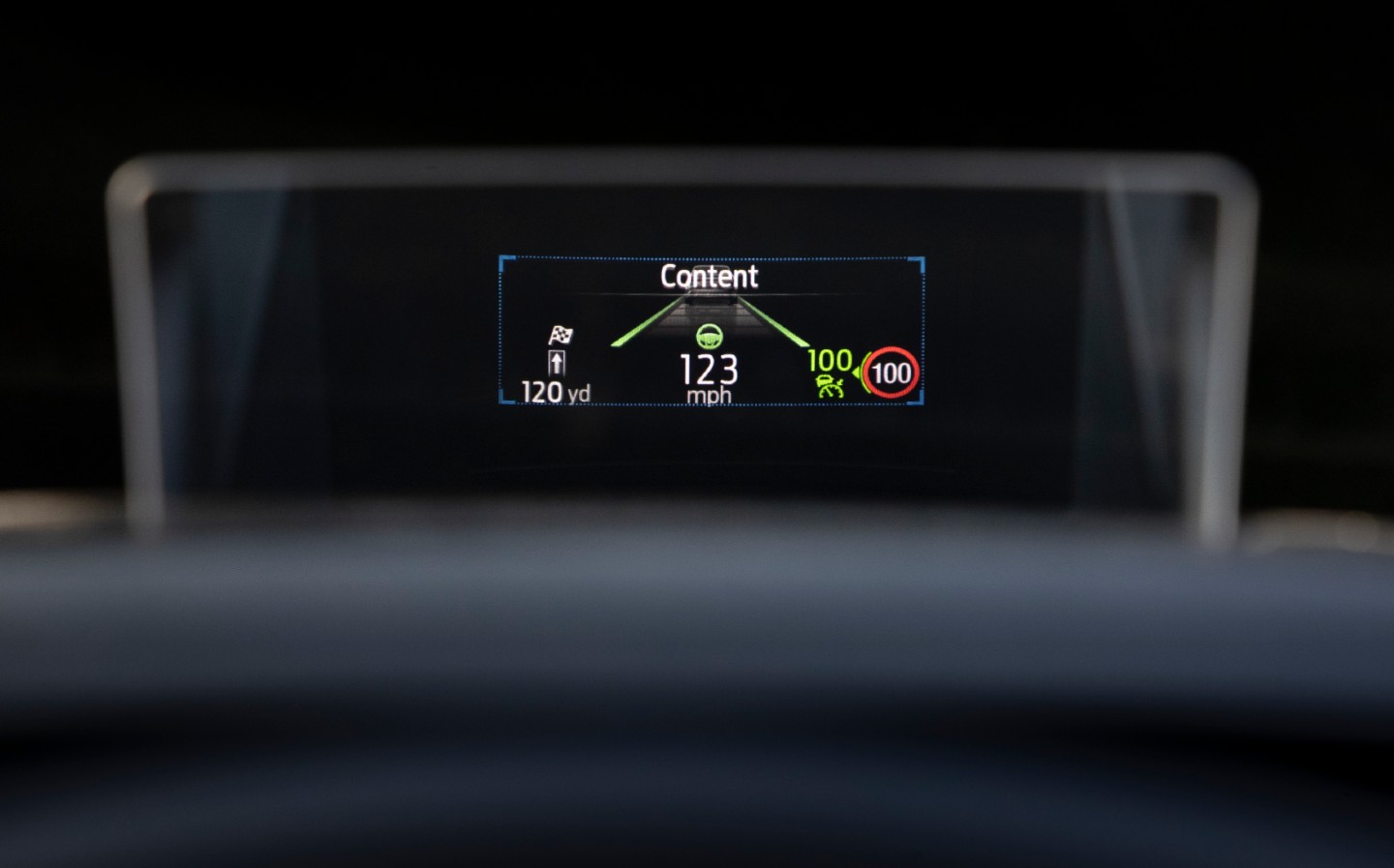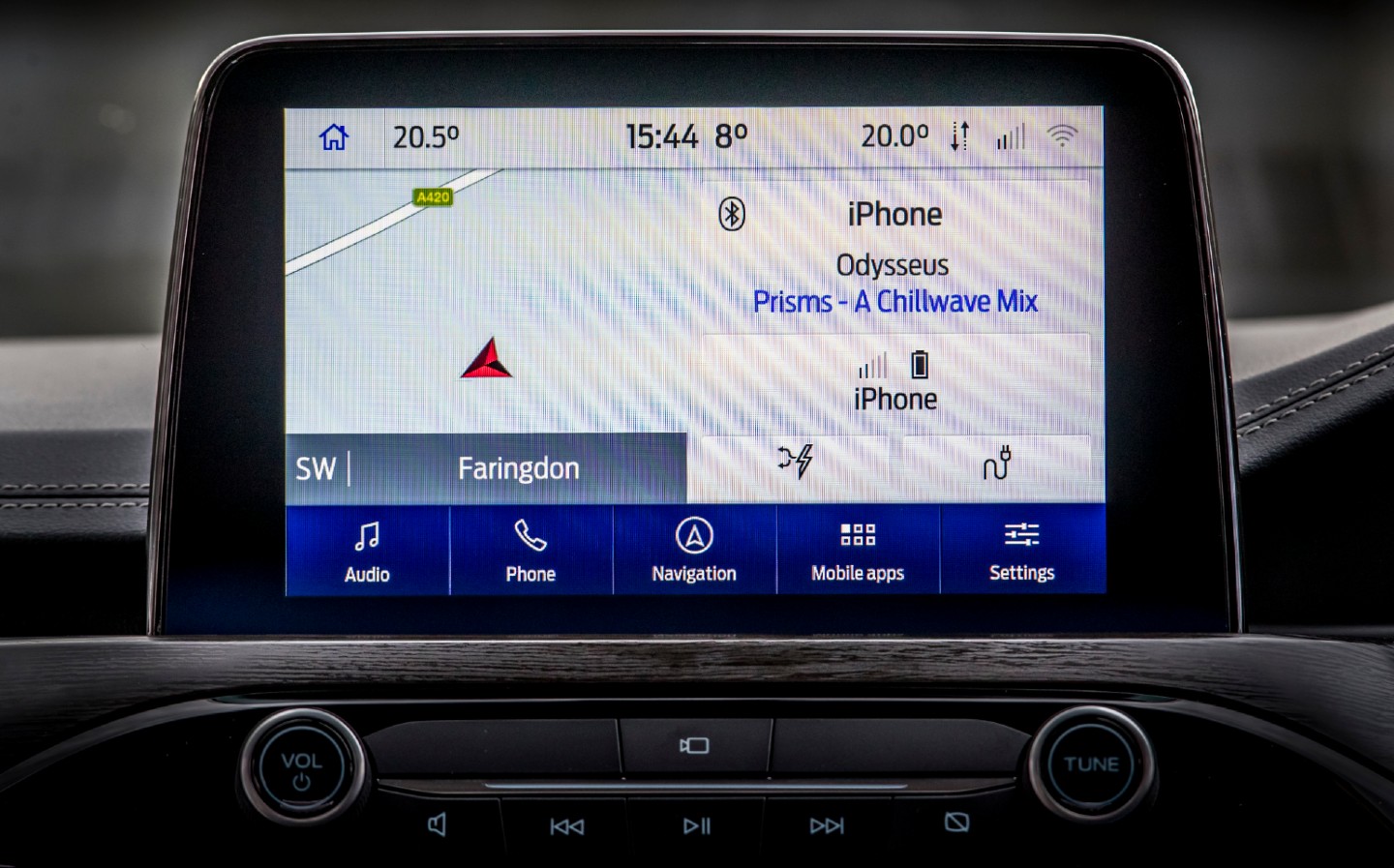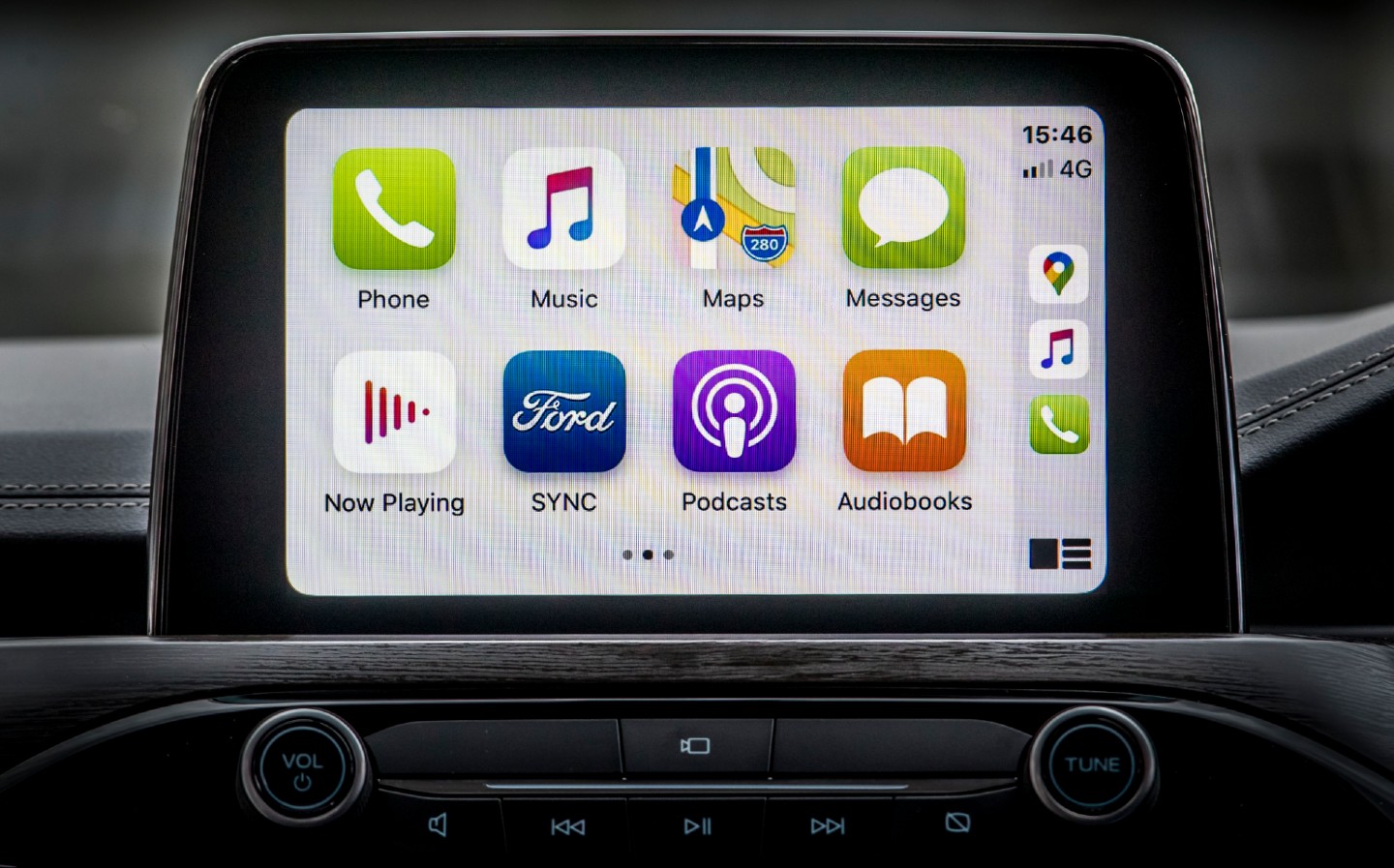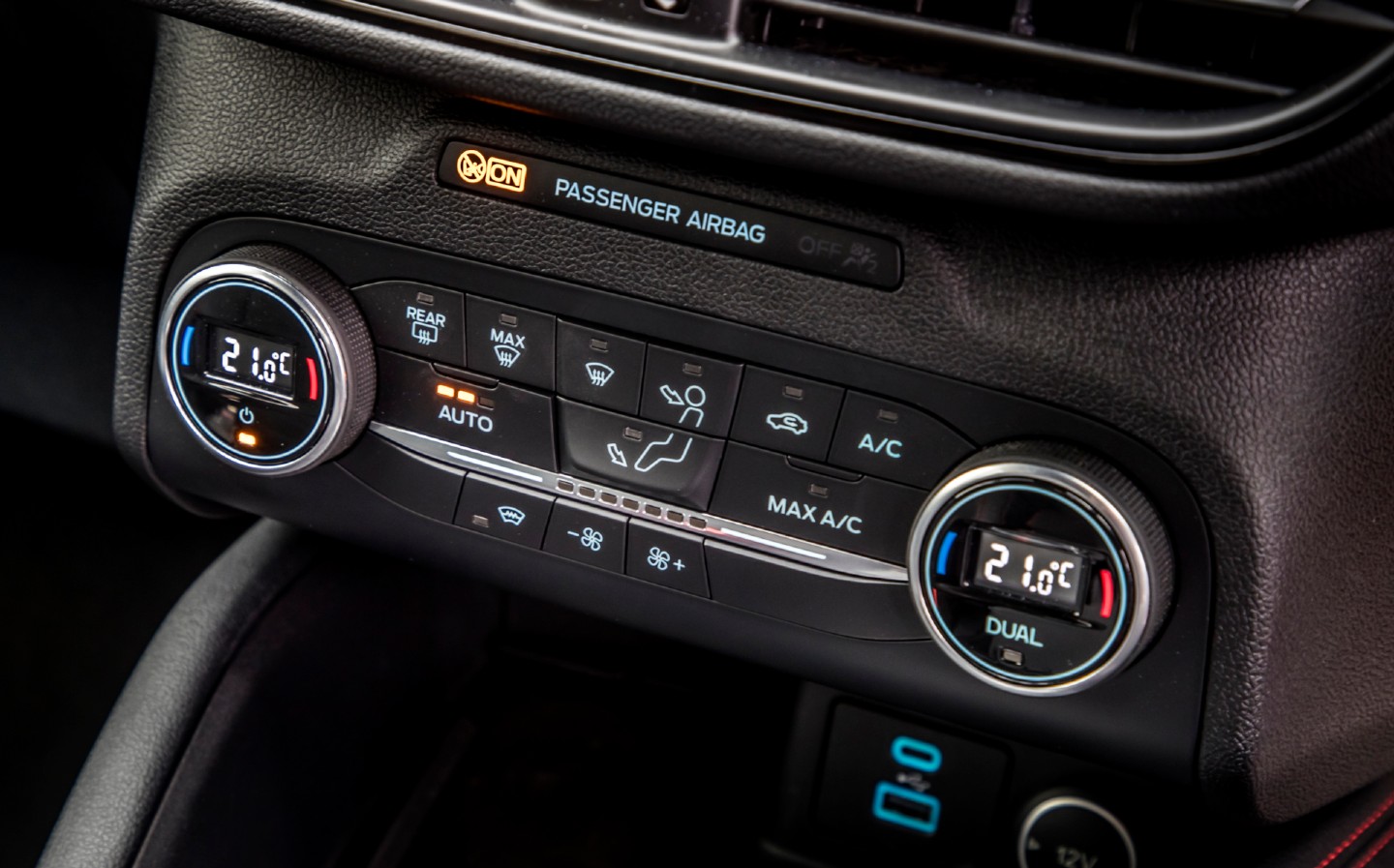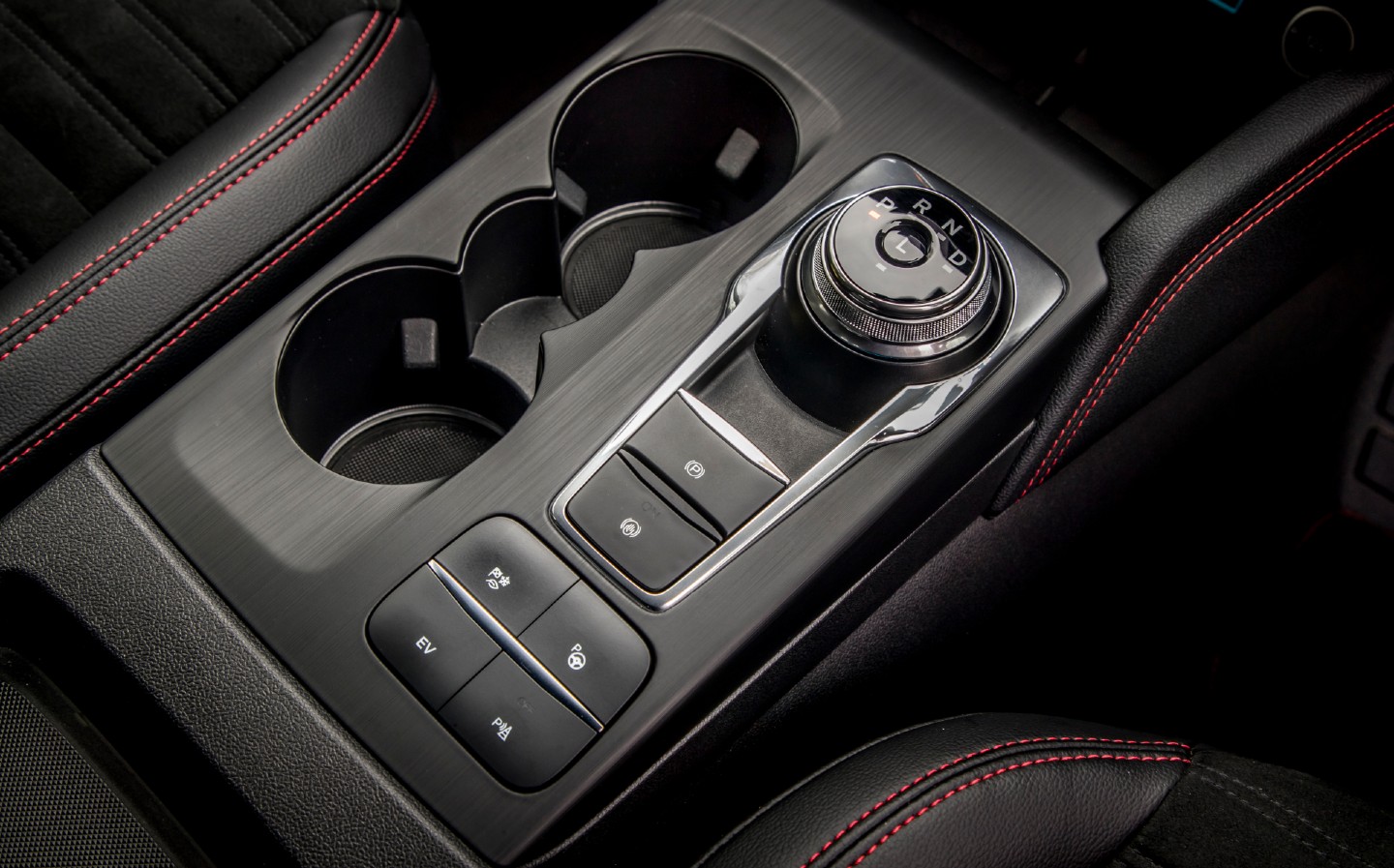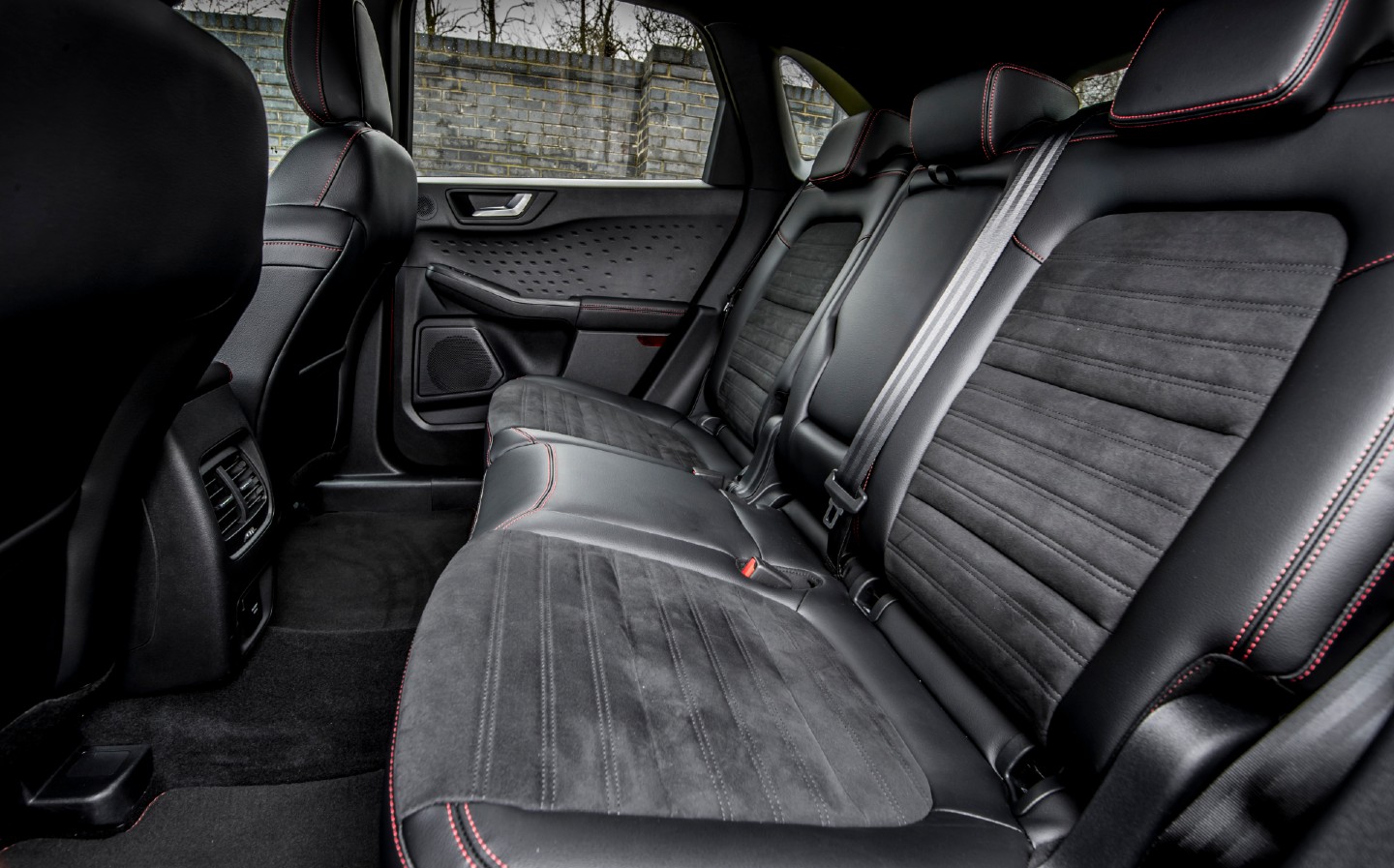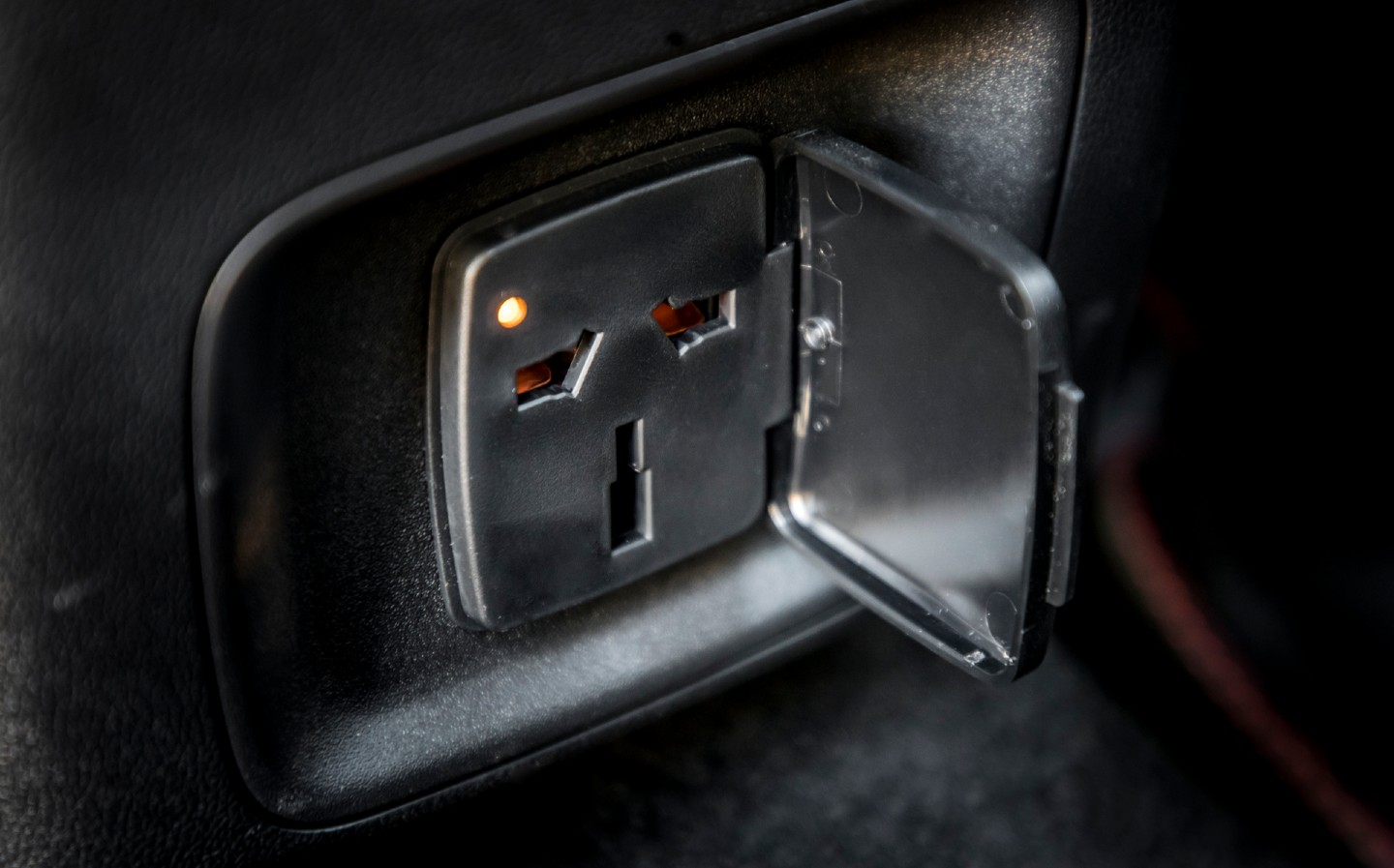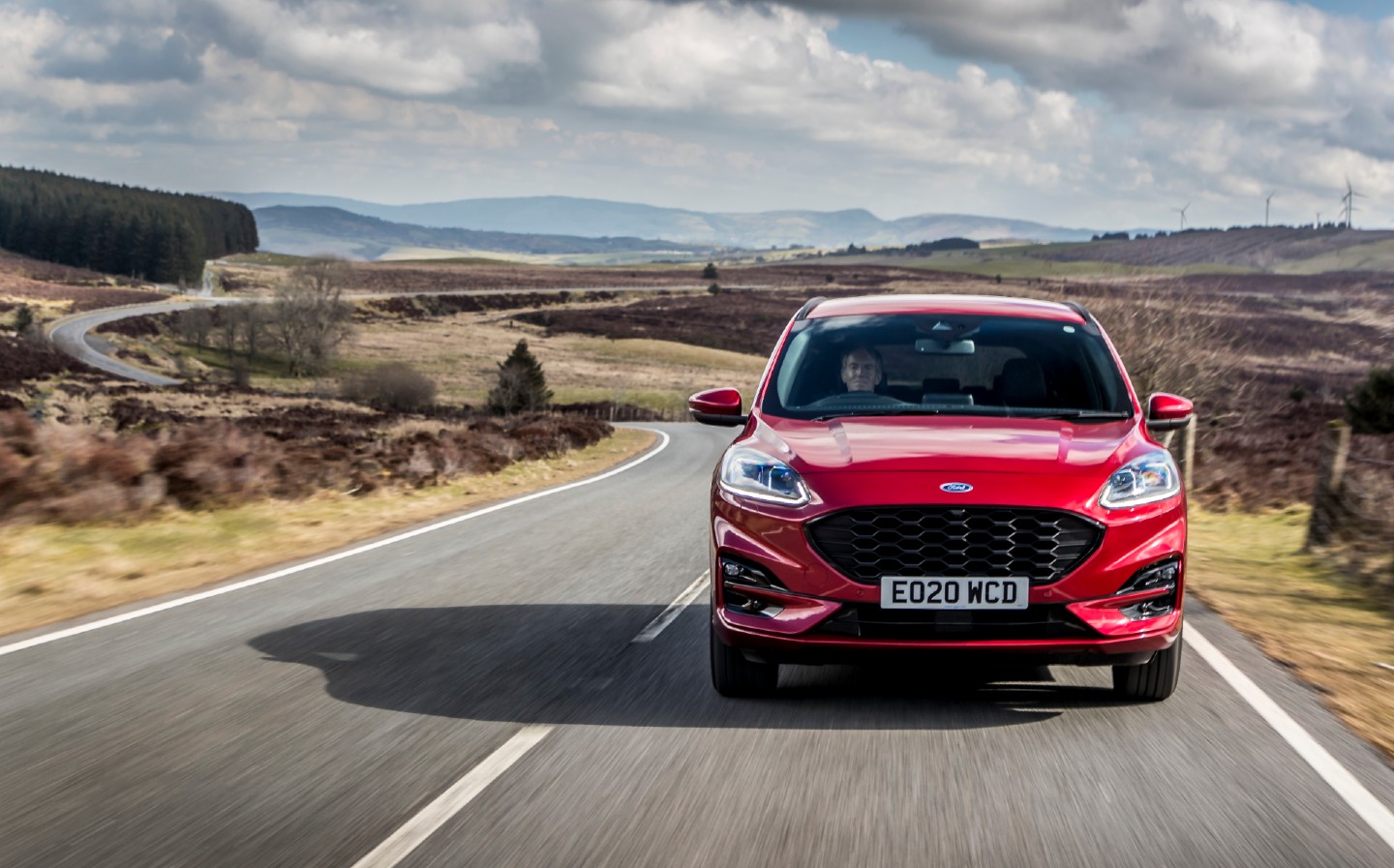2020 Ford Kuga Plug-in Hybrid review
Cut-price Cayenne impresses ... until the battery runs flat
YES, THE car you’re looking at is a Ford Kuga. Its radical redesign for this third generation of the mid-size SUV is so extreme that one of my neighbours, who spied it in profile on my driveway, mistook it for a Porsche Cayenne.
Ford will probably like that story, as it’s a clear indication that its efforts to shift the Kuga upmarket – to make it more “premium” – have paid off, though it also suggests SUVs are now harder than ever to tell apart from each other, regardless of price. The Cayenne costs from £57,195 whereas Kuga prices start at £24,615 and even the most expensive model will set you back less than £40,000.
The Kuga’s real rivals are still the likes of the Toyota Rav4, Kia Sportage, Mazda CX-5, Peugeot 3008 and VW Tiguan, of course, and whereas the old model was looking dated by comparison, drivers of the new model will be able to hold their heads high in this company outside the school gates. It’s less boxy, with more rounded panels, and more streamlined with a sharply angled windscreen and lower roofline.
The bonnet is noticeably longer, giving it a nose that stands out from the crowd, though as with Barbra Streisand there’s substance beneath the outsized hooter: buyers can choose from a plethora of powertrains to slot behind the grille, including a turbo-petrol (EcoBoost), turbo-diesel (EcoBlue), mild hybrid (MHEV), full hybrid (HEV) and, in the version we tested, plug-in hybrid (PHEV).
Its amended proportions also mean improved practicality, with a longer wheelbase (the distance between the front and rear axles) meaning extra interior space as well as potential benefits in terms of ride comfort and stability.
Before we get to how it drives, though, it’s worth saying that the interior is impressively upmarket, too. The Kuga might not quite have the wow factor of the 3008’s cabin design but you’d be hard-pressed to find fault with the fit and finish. There’s a solidity and quality to the way everything has been stitched or bolted together. The choice of materials, too, while not dazzling to behold do look and feel high end, particularly the ST-Line X trim’s brushed-effect switchgear surrounds on the door and the centre console, and the embossed patterns on the soft-touch door inlays. Just a touch of chrome helps elevate the ambience.
The 8in “Sync 3” touchscreen is a step up in terms of usability from Ford’s early attempts at digital infotainment systems but is let down by out-of-date graphics and being ponderously slow, both to start up and then operate. Still, it includes DAB radio, Bluetooth, sat nav, and Apple CarPlay and Android Auto integration as standard across the range. Voice control is also available, though it’s one of the less successful applications we’ve tried. Ford has also been wise to include a wireless charging pad for mobile phones, even on the entry-level Zetec models.
A modem is available for FordPass Connect, a system that works with a phone app for remote locking and unlocking, remote engine starting (automatics only) to defrost the windscreen on cold days, locating the vehicle and, on the plug-in hybrid model, checking battery charge status, though according to the brochure you get it free for a trial period before a monthly subscription kicks in. Most owners could probably live without it.
The driver’s display comes in two flavours: a couple of dials with a 4.2in digital readout in the centre for Zetec and Titanium models but ST-Line, ST-Line X and Vignale-spec cars gets a full-width 12.3in digital cluster, which is more impressive to behold and simple to navigate while driving. It’s on a par with the Tiguan’s digital binnacle, though again it’s not as slick as Peugeot’s efforts recently, which now include a jazzy 3D-effect digital display. A B&O audio package also results in pretty stunning sound quality (the B&O system in the Fiesta Vignale is unbelievably good for clarity and depth of sound, too).
What Ford has done so well here, though, is packaging. The seats are comfortable and supportive and the controls are nicely laid out, and there’s increased space inside, too: the new Kuga is 44mm wider and 89mm longer than the outgoing model, with a 20mm longer wheelbase, resulting in increased shoulder room. Front and rear seat passengers also have more headroom, the roof being lowered by 6mm over the second gen Kuga.
In the back of the ST-Line X model we found a three-pin electrical socket, buttons for heated seats and a pair of air vents. The rear seats fold flat via release catches in the boot and the entire bench slides backwards for what Ford claims is best-in-class rear legroom of 1,035mm, or forwards to increase boot space to 645 litres – also best-in-class. A bit of a statistical fiddle, really, but a cunning one that is a practicality boon for owners. There is a catch, we found: the rear parcel shelf is a thin bit of fabric that hooks onto the boot lid, rather than solid shelf, and it gets in the way a little while accessing the boot. Probably a small price to pay, mind you.
Out on the road, the new Kuga was always one of the more decent SUVs to hustle around, and the new Kuga seems to be no different. We only drove the plug-in hybrid model, which is between 109kg and 280kg heavier than the other variants, and it was fitted with sport suspension and 19in wheels which inevitably make the ride firmer than a Zetec petrol on 17in wheels and standard springs.
But despite being on the stiff side our test car was not overly harsh, and road humps weren’t jarring by any means. It was also decently satisfying on B-roads, with a pleasingly immediate steering response on turn-in through corners and limited body roll. Sound deadening is excellent, helped by an active noise reduction system that plays the opposite frequencies to unwanted ones, thereby cancelling them out.
Meanwhile the plug-in hybrid system delivers plenty of punch – it’s the most powerful option, with 222bhp versus 118-187bhp for the petrol, diesel or non-plug-in hybrids, and can sprint from 0-62mph in 9.2sec. That’s not feverishly quick, and because all the power goes to the front wheels it’s not as able to transfer its full potential to the road, but it still feels sprightly at any speed thanks to the immediacy of the punch from the electric motor.
It’s also potentially by far the most cost effective to run with an official fuel economy figure of 201.8mpg combined. However, take this with a massive pinch of salt – it’s possible to achieve that, or even exceed it, though you’d have to run it almost entirely on electric power. The Kuga PHEV will travel up to around 35 miles between charges, so as long as you can plug in before the battery is depleted, you’re golden.
The trouble comes when the petrol engine kicks in (which happens seamlessly, either when the battery is low, you switch to EV Charge mode or you plant your foot on the accelerator); as it’s a 2.5 litre unit, it’s quite thirsty, especially when lugging around the extra weight of the car’s lithium-ion battery. On a 41-mile round trip into London, starting with a full charge, I managed 150mpg; on a following trip, running the car with a depleted battery, the car returned 54.6mpg. That was on local roads – driving at motorway speeds for a long time is likely to hit economy much harder.
You charge up at home or at a public charging point but the Kuga PHEV receives its power at a snail’s pace. I managed to add just 3.69kWh of the full 14.4kWh battery pack in an hour at a Polar rapid charging station; that’s around 25% capacity, or less than 10 miles of range, which is fairly pointless. In the same amount of time a pure-electric car with a 200-mile range could have been fully-charged at the same station, so drivers of pure-EVs could rightly be a bit peeved to find a PHEV such as the Kuga receiving a trickle charge at one. It takes 3.5 hours to fully replenish the Kuga’s battery, or six hours from a standard home electrical supply, so it’s best to do it at home overnight, or at work on a dedicated plug so that you’re not inconveniencing others.
Another potential downside is the towing capcity: 1,200kg braked, making it the variant least suited to pulling a trailer. Get the four-wheel-drive 2-litre diesel Kuga and you could pull 2,100kg.
On the plus side, there’s a five-star safety rating and all the most up-to-date safety aids, such as lane-keep assist, collision avoidance with auto-emergency braking, pedestrian and cyclist detection, and front and rear parking sensors.
The real benefits of the Kuga PHEV, though, come in tax. The official CO2 figure is 32g/km, meaning private customers pay no VED (road tax) in the first year, then the “alternative fuel” rate of £140 from year two. It’s also currently exempt from the London Congestion Charge, though only until October 25, 2021, when the “cleaner vehicle discount” will only apply to pure-electric vehicles.
Company car drivers reap the true benefits, though, as the Benefit in Kind at 40% tax rate is £125 per month versus £264-462 for the other models.
So, as with all plug-in hybrids, the Kuga PHEV an ideal car for mostly commuting, school runs and shopping trips, assuming you’re plugging in every day, and makes particular sense for business users. But if you do a lot of motorway driving, do some careful sums as you might be better off saving a few thousand pounds on the cost of the car and a lot of money on fuel by buying an EcoBlue diesel.
Importantly, though, whatever Kuga you go for, it will look and feel like a quality piece of kit, and offer a keener driving experience than much of the competition. And some neighbours may even think you own a Porsche.



